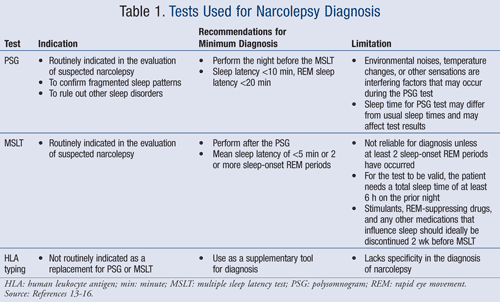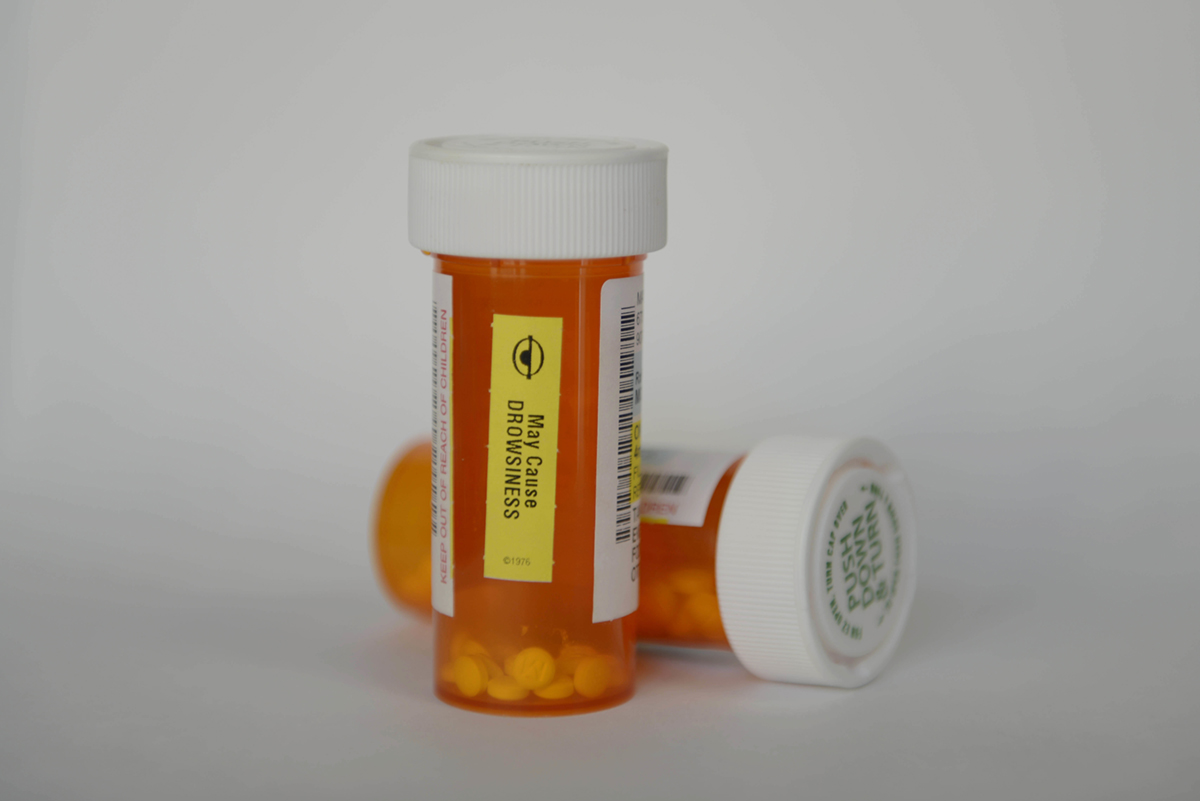

NT2 may be caused by less extensive injury to those neurons, but data are quite limited, and its pathogenesis remains largely unclear. NT1 is presumed to have an autoimmune basis that induces loss of hypothalamic orexin neurons in genetically predisposed individuals. Narcolepsy type 2 (NT2) presents similar EDS and abnormal REM sleep manifestations on polysomnography (PSG), while cataplexy is absent and hypocretin levels in the CSF are normal or slightly reduced. In narcolepsy type 1 (NT1), EDS is associated with cataplexy and/or reduced levels of hypocretin in the cerebrospinal fluid (CSF). The International Classification of Sleep Disorders (ICSD-3) recognizes two different phenotypes. Narcolepsy can be comorbid with additional sleep disorders (obstructive sleep apnea, restless legs syndrome and REM behavior disorder), neuropsychiatric, metabolic and cardiovascular diseases. Disease onset occurs before the age of 18 in more than 50% of the patients, with long diagnostic delays, especially in children. It is a rare condition, with an estimated prevalence of 0.02–0.05% in the general population. Spontaneous evolution of the disease has not been much studied, but the phenotype and evolution seems variable : stability, disappearance of the symptoms, development of cataplexy (conversion to narcolepsy type 1), or change to idiopathic hypersomnia.Narcolepsy is a lifelong sleep disorder characterized by excessive daytime sleepiness (EDS), cataplexy, sleep paralysis, hypnagogic/hypnopompic hallucinations and disturbed nocturnal sleep.
#Cataplexy medication professional#
The disease has a negative impact on scholarly and professional performances.

Second-line treatments include methylphenidate, sodium oxybate, solriamfetol or amphetamines. Modafinil or pitolisant are the first line treatments with the best benefit/risk ratio. Treatment is only symptomatic, based on stimulant drugs and a good sleep hygiene (sufficient sleep duration at night is required, with scheduled short naps during the day). Rare familial cases have been reported however, the mode of inheritance is unclear. Other causes of sleepiness, including narcolepsy type 1, chronic insufficient sleep and idiopathic hypersomnia (especially the form without long sleep time), must be systematically taken into account. A pure clinical diagnosis is not possible due to the absence of pathognomonic symptom such as cataplexy, and daytime sleepiness being a non-specific symptom. Nocturnal and daytime polysomnography demonstrates an average sleep latency of under eight minutes with at least two sleep onset rapid eye movement periods (SOREMP) on multiple sleep latency tests. Diagnostic methodsĭefinitive diagnosis requires the presence of clinical symptoms and characteristics polysomnography findings. The presence of the HLA DQB1*0602 allele is reported in 40% of cases (more than in the general population but less than in cases of narcolepsy type 1, 98%). Reduction of hypocretin-1 levels is found in the cerebrospinal fluid in 10-20% of cases, and in which case the disorder is reclassified narcolepsy type 1. The etiology is still unknown, probably because this disorder is heterogeneous. It can also be a lifelong disease, with stable symptomatology. Narcolepsy type 2 has a variable phenotype and evolution, with sometimes improvement or even disappearance of the symptoms, rarely the development of cataplexy (conversion to narcolepsy type 1), or a change in the phenotype to idiopathic hypersomnia. Narcolepsy type 2 manifests generally between the age of 10 and 30 years old, although onset in childhood is rare. Narcolepsy type 2 prevalence numbers are controversial, sometimes higher and sometimes lower than those of narcolepsy type 1, depending on reports. No clear epidemiological data are available.


 0 kommentar(er)
0 kommentar(er)
